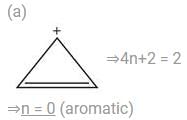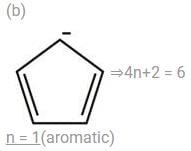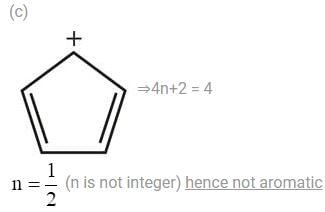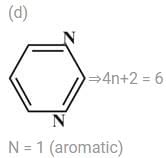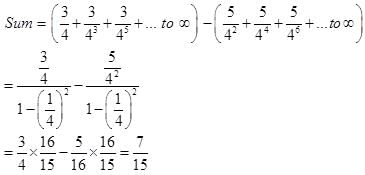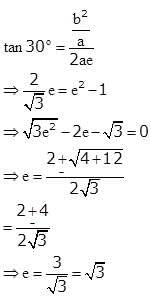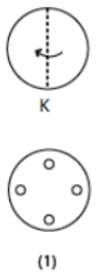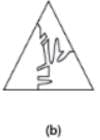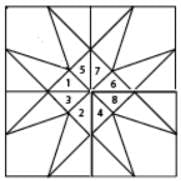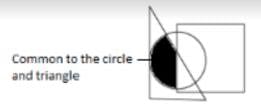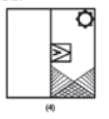NATA Mock Test - 3 - JEE MCQ
30 Questions MCQ Test NATA Sample Papers & Mock Tests 2025 - NATA Mock Test - 3
Three charges e, e and - 2e are placed at the corners of the triangle as shown. The net dipole moment of the system is
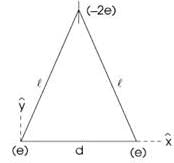

A mass is attached to one end of a spring of spring constant k. The spring is stretched and then released such that its amplitude of oscillation is A. For a displacement y from the mean position, if the kinetic energy is 44% of its potential energy, then y in terms of A is
| 1 Crore+ students have signed up on EduRev. Have you? Download the App |
At a given instant there are 25% of undecayed radioactive nuclei in a sample. After 20s, the number of undecayed nuclei reduces to 12.5%. The extra time required in which the number of undecayed nuclei will further reduce to 3.125% of the sample is-
The escape velocity for an atmospheric particle 2000 km above the earth's surface is (Radius of the earth = 6.4 x 106 m and g = 10 m s- 2 )
A circular disc of radius r and thickness r/6 has moment of inertia I about an axis passing through its centre and perpendicular to its plane. It is melted and recasted to a solid sphere. The moment of inertia of the sphere about its diameter as axis of rotation is
In  the formal charge on each oxygen atom and P - 0 bond order respectively are
the formal charge on each oxygen atom and P - 0 bond order respectively are
The coefficient of x5 in (1+2x+3x2+……….up to infinite term)-3/2 is
If the progressions 3, 10, 17, ....... and 63, 65, 67, ....... are such that their nth terms are equal, then n is equal to
If the latus rectum of a hyperbola through one focus, subtends 60 ° angle at the other focus, then its eccentricity is
The below question consists of problem figures and followed by four answer figures
(A), (B), (C) and (D). Find out the figure from the answer figures which will continue the given series.
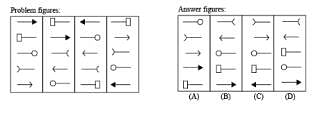
Explanations:
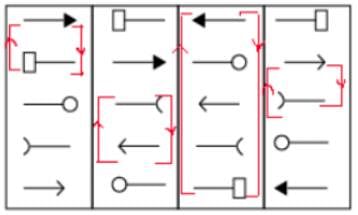
Get the next figure from the previous figure by swapping the elements as shown above and rotate the other elements through 180∘ and shift one place in anticlockwise direction.
The below question consists of problem figures and followed by four answer figures (A), (B), (C) and (D). Find out the figure from the answer figures which will continue the given series.
The below question consists of a set of four figures K, L, M and N showing a sequence of folding of a piece of paper. Figure N shows the manner in which the folded paper has been cut. These four figures are followed by another four figures (1), (2), (3) and (4) from which you have to choose a figure which would most closely resemble the unfolded form of figure N.
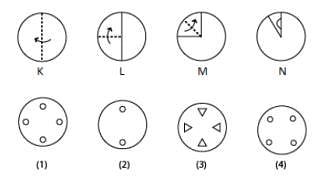
Find out which of the figures (a), (b), (c) and (d) can be formed from the pieces given in figure (X).

The below question consists of four figures a, b, c and d and followed by answer figures marked as (A), (B), (C) and (D) each consisting of two figures marked a and d. Select a figure from the answer sets which is suitable in the problem figure such that c is related to figure d and in the same way figure a is related to figure b.

In the below question, element (b) is related to element (a) in a particular way in three pairs of figures out of the given four. Find out the pair of figures in which the element (b) is not related to element (a).

The below question consists of a question figure and followed by four figures (a), (b), (c) and
(d), which show the possible water images of the question figure. Choose one out of these four figures which shows the correct water image of the question figure.

The below question consists of a question figure and followed by four figures (a), (b), (c) and (d). Choose one out of these four figures that can replace ‘?’ to complete the question figure.
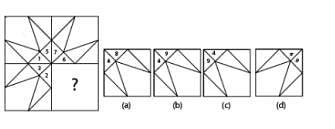
In the below question, one or more dots are placed in the problem figure (X) followed by four alternatives (a), (b), (c) and (d). One out of these four alternatives contain region(s) common to the circle, square, triangle and rectangle similar to that marked by the dot in figure (X).

The below question consists of a unfolded dice in the left side and four choices (a), (b), (c) and (d) are given in the form of complete dices in the right side. You are required to select the correct answer choice which is formed by folding the unfolded dice.
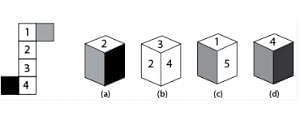
The below question consists of figure (Y) and followed by four alternatives (1), (2), (3) and (4). Choose the correct alternative among the four alternatives such that the pattern would appear like when the figure (Y) is folded at the dotted line.

Choose the correct mirror image for the given figure among the four alternatives (1), (2), (3) and (4). The mirror is represented by a line AB

. The below question consists of a problem figure (X) followed by four other alternative figures marked (a), (b), (c) and (d). Select a figure from the alternative figures which exactly fit into figure(X) to form a complete hexagon.

For the below question, group the given figures into different classes on the basis of their orientation, shape etc

|
2 videos|10 docs|17 tests
|
|
2 videos|10 docs|17 tests
|


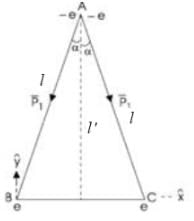
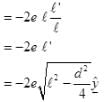
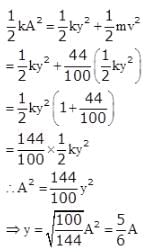



 and
and 
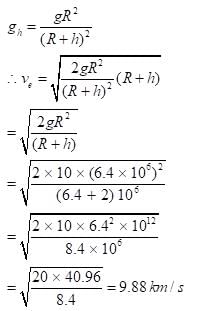





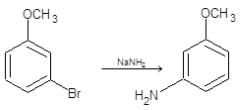
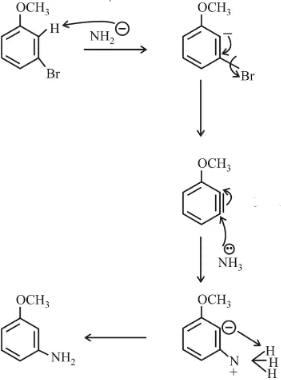

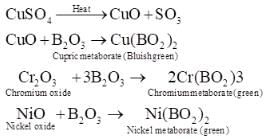

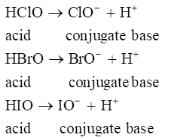
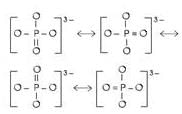
 on exist ;n 4 resonating structures. Bond order of
on exist ;n 4 resonating structures. Bond order of



